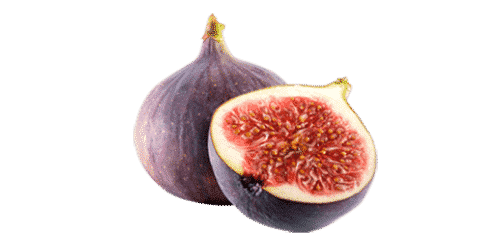
Origin
The fig tree is a fruit tree originating in the Middle East and the Mediterranean region, it has been cultivated in the Saharan regions for 10,000 years and consumed for its energising properties. The fig tree was one of the first fruit trees cultivated by man.
Did you know?
Louis XIV was a big fan of figs and had over 700 fig trees of different varieties planted in his vegetable garden at the Château of Versailles.
Characteristics
The fig tree represents Provence and the Mediterranean in all of its splendour. It is notable for the beauty of its branches and its height as it can grow up to 12 metres in height. It has a trunk covered in smooth bark, large leaves with a serrated edge and produces beautiful fleshy figs recognised for their many virtues.
Flowering and harvesting
The fig tree can grow anywhere provided that it is protected from the cold and humidity. It likes to be exposed to the sun for hours on end and even withstands periods of drought quite well. The tree usually begins bearing fruit from May onwards, revealing little green figs which then become purple when ripe. Figs are therefore harvested in the middle of summer and consumed fresh or dried. The fig’s fruit and leaves are used In phytotherapy.
Benefits
Figs contain fibre, glucose, flavonoids, vitamins A, B, C and D, enzymes, and organic acids. The leaves contain tyrosine and glutamic acid.1
Eating figs:
- Aids intestinal transit1
The fruit has a recognised laxative effect. It regulates intestinal rhythm to improve transit.
- Reduces stress1
The active ingredients contained in the fruit and leaves have soothing virtues which help to reduce stress.
1Plant-based health: 200 plants with health benefits Reader’s Digest selection, 2003. 352 p. ISBN 2-7098-1413-7
https://www.jardiner-malin.fr/fiche/ficus-carica.html
https://jardinage.ooreka.fr/plante/voir/9/figuier
